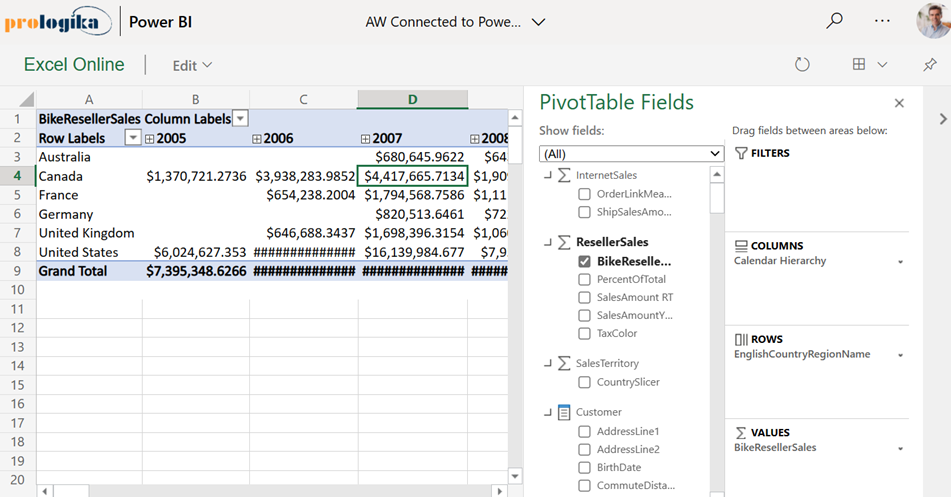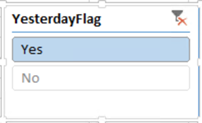Excel Connected Tables: Another Opportunity Missed
For years users have been asking for Excel tables (not pivots) connected to SSAS so they can simply browse the data in a tabular format not subjected to the shortcomings of pivots. And for years Excel has been supporting just pivots that natively understand only SSAS OLAP cubes. Is Power BI changing things? Somewhat. Enter refined Excel connected tables. They look great on the surface. You go through a wizard that lets you select and filter your data and you get an Excel table connected to a Power BI dataset. Awesome, right?
Unfortunately, what’s missing is the Field List. To make the feature useful, the user should be able to access the Field List and remove, add, filter, as they can do with pivots. However, once the table is generated, to change it you either must go through the wizard again or change the DAX query (right-click the table, click Table, and then Edit Query). Down the DAX rabbit hole we go again…
As they stand, Excel connected tables are not an interactive browsing tool. Instead, they are geared towards making Power BI datasets accessible in Excel.
Since I lost hope that Excel will discover Tabular and DAX one day, I hope the community will step in to fill in the gap by providing UI like the Pivot Field List so that the user doesn’t need to mess with DAX when all that’s needed is an Excel connected table for ad-hoc data exploration.










